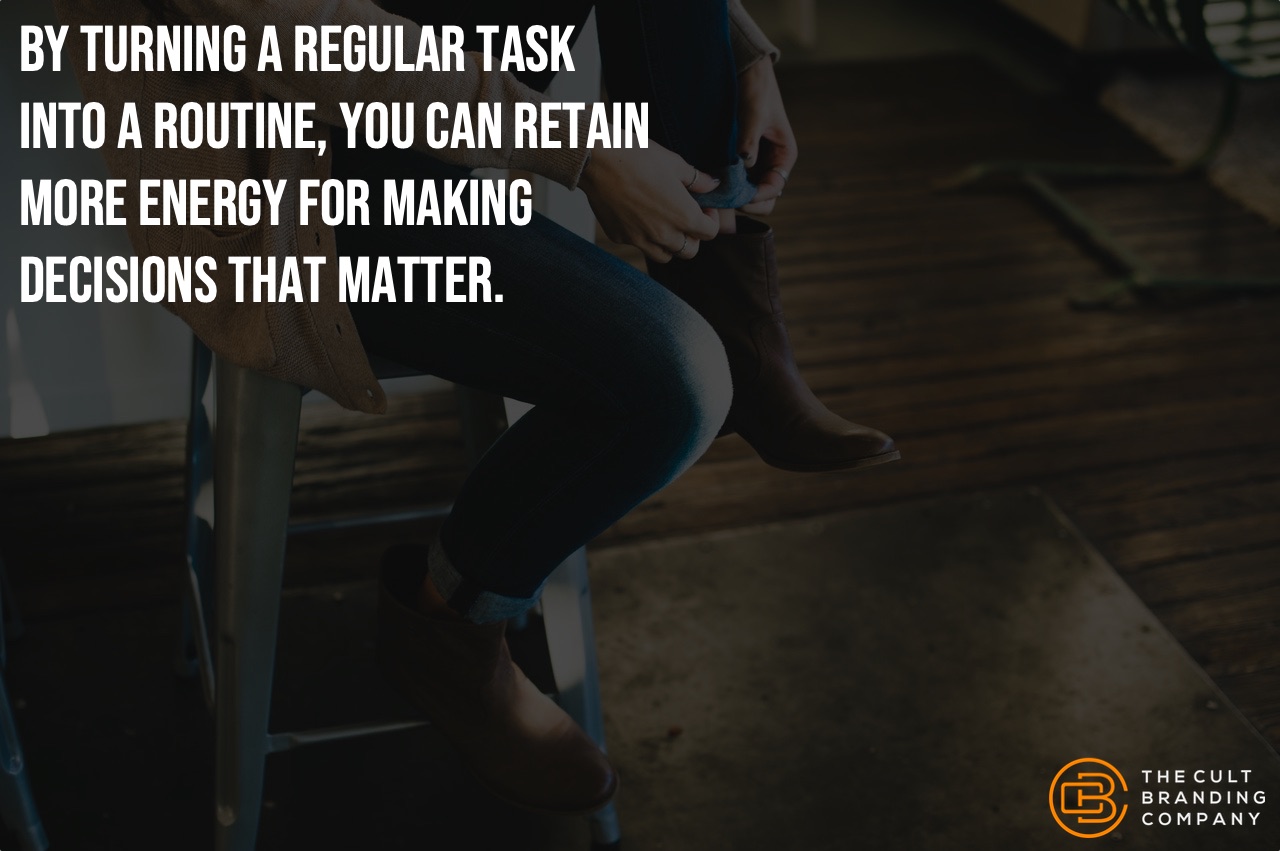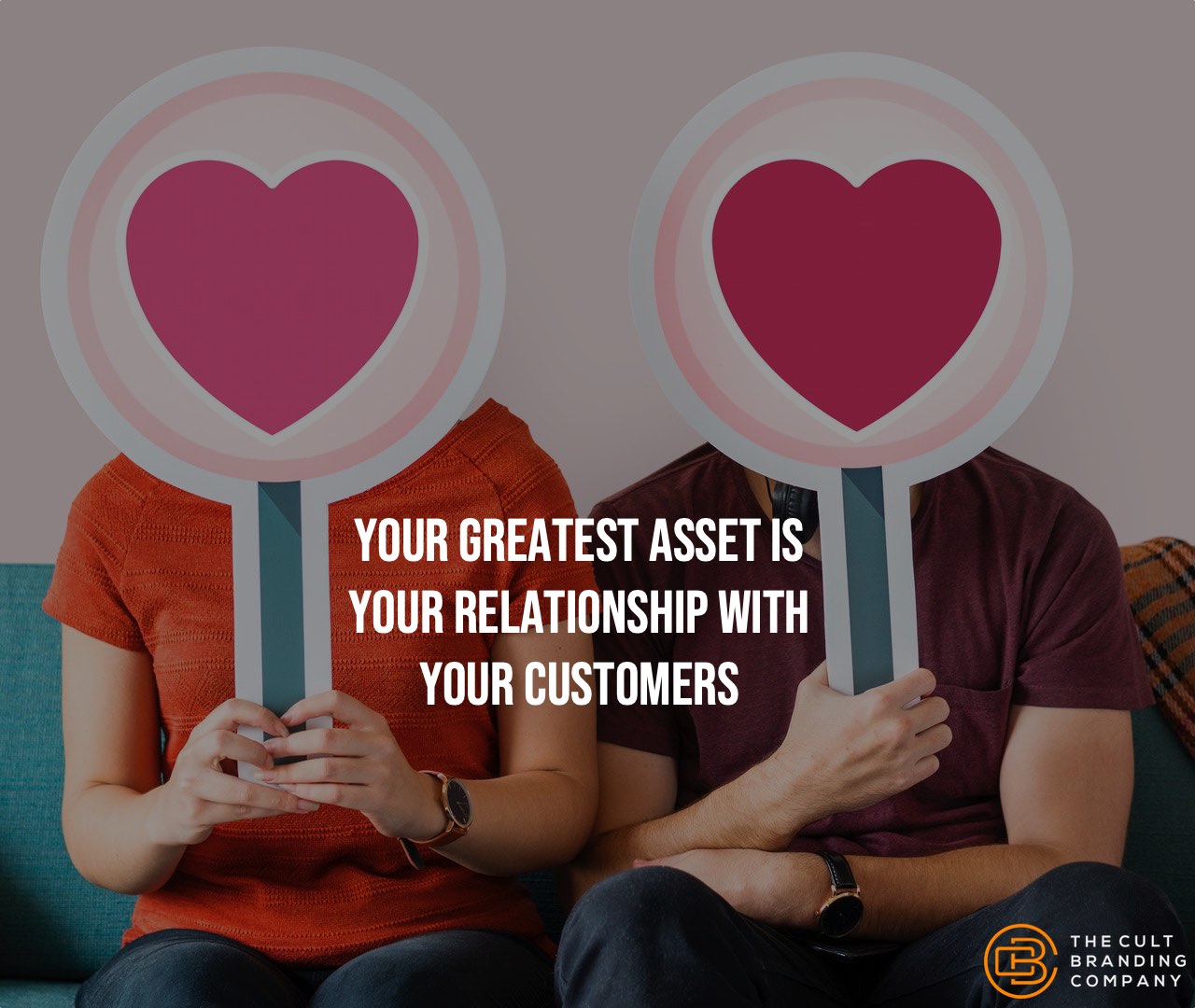Why is loyalty so high among customers of Cult Brands? A simple but elegant explanation is that modern humans join communities by making purchases. That’s the big secret behind Cult Brands: they give their customers the sense that they belong; their brand’s values become part of their own identity.
The purpose of business—creating a customer—and your customers—at a human level—aren’t changing.
But for many businesses, it’s time to make a change toward having a deep understanding of their true purpose and their customers.
Is the goal of your business to fulfill needs in your customers’ lives or is it merely to “sell more stuff to more people more often for more money more efficiently?”1
If the latter is your main goal, you should probably stop reading and go share a New Coke with Sergio Zyman.
Trust is the glue of life. It’s the most essential ingredient in effective communication. It’s the foundational principle that holds all relationships.
Stephen Covey, The 7 Habits of Highly Effective People
Taking a sociological perspective, Barbara Misztal explains in her book Trust in Modern Societies that trust has three social implications: 1) it makes social life more predictable; 2) it creates a sense of community; and, 3) it allows people to work together. Without trust, social interactions are unpredictable, community building is thwarted, and people are unable to collaborate effectively.
Businesses aggressively strive to establish trust with their customers but frequently neglect the need to cultivate trust in their workplaces. In their myopia, they create hostile work environments with a ‘me versus you’ mentality, where employees feel the constant need to watch their backs. In this space, loyalty, creativity, and innovation are sure to die.
When you know what drives you, you have insight into what motivates your teams and your customers. Calling on the research and motivational theories in behavioral psychology illuminates the answer that goes beyond the traditional managerial approach of driving people through rewarding and blaming them.
The primary ingredient behind compelling stories come down to one thing: problems.
The protagonist faces a challenge and tries to overcome it. This is the essence of drama and the key to good storytelling.
Without problems—without troubles and tensions—there’s no story. There’s nothing to engage us.
The reason our stories, messaging and marketing fall flat is that the people we want to serve are not motivated by our need to be seen, to be heard or to close a sale. People—your audience, customers and clients—are motivated by their need to be seen, heard and understood.
Bernadette Jiwa, The Right Story
Despite the amount of money companies spend on customer insights, most companies don’t value true insights.
Insights should tell you something new; they should change the way you think. Yet, most companies reward predictable results instead of game changers.1
On average, companies value “insights” that confirm what they’re already doing. At best, they want “insights” that only slightly modify what they’re already doing.

Close your eyes. Picture Steve Jobs.
Black mock turtleneck? Jeans? Sneakers?
Jobs designed his outfit to convey both his personal brand and the Apple brand of simplicity. But, it also had a second benefit: it simplified his life to focus on tasks that matter.

